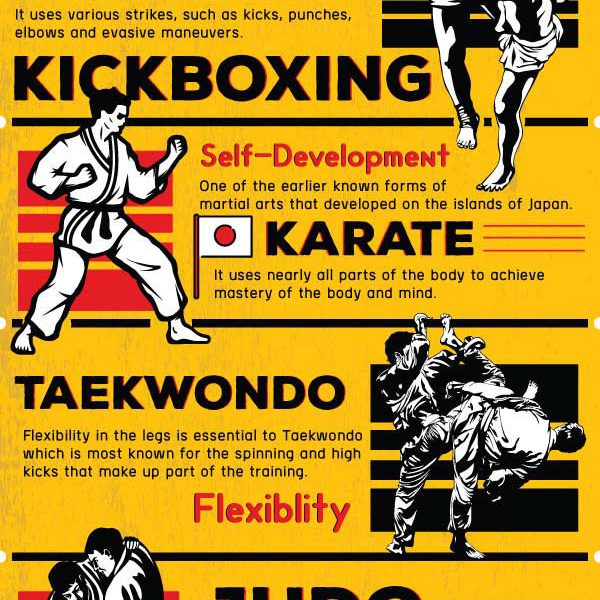Demystifying The Various Martial Arts Styles: From Martial Arts To Taekwondo
Demystifying The Various Martial Arts Styles: From Martial Arts To Taekwondo
Blog Article
Article Written By-Magnussen Pierce
Are you tired of feeling overwhelmed by the large world of martial arts? With many styles to choose from, it can be simple to obtain shed in a sea of punches, kicks, and mysterious names. However worry not!
This discussion will debunk the different fighting styles styles, taking you on a trip from the powerful strikes of Karate to the vibrant kicks of Taekwondo. Prepare yourself to discover the origins, strategies, and ideologies behind these old art forms.
So, tighten your belt and prepare to start an enlightening exploration right into the captivating globe of martial arts.
Origins of Martial Arts Styles
The beginnings of martial arts styles can be mapped back to ancient people and their need for self-defense and fight methods. Throughout background, different cultures established their own unique techniques of battling, each with its own collection of methods and viewpoints.
In China, for instance, martial arts designs such as Kung Fu and Tai Chi were established as a way of protection and enhancing physical and mental well-being.
In Japan, the samurai warriors developed styles like Martial arts and Judo, focusing on discipline, precision, and mastery of the body.
Similarly, in Korea, Taekwondo emerged as a martial art emphasizing high kicks, rapid movements, and psychological determination.
These very early people laid the foundation for the varied selection of martial arts designs that exist today, each with its very own abundant history and social relevance.
Techniques and Training Approaches
To understand fighting styles styles, practitioners have to find out various methods and training techniques.
Methods are the certain activities and actions utilized in combat, such as strikes, kicks, throws, and blocks. Various martial arts designs have their own distinct set of techniques that practitioners should grasp via extensive training.
Training methods vary depending upon the design, however they usually include a combination of physical fitness, drills, sparring, and kinds.
https://www.cbc.ca/news/copyright/calgary/kali-grandmaster-gilbert-lafantaisie-norman-suanico-1.5899842 is critical to construct toughness, adaptability, and endurance. Drills aid practitioners fine-tune their methods and improve their speed and precision.
Sparring enables practitioners to exercise their methods in a controlled, sensible atmosphere. tai chi martial arts , likewise known as kata, are cut-and-dried series of motions that help professionals develop muscle memory and emphasis.
Viewpoints and Concepts
Discovering the viewpoints and principles of martial arts styles can supply you with a much deeper understanding of your selected self-control. Each martial art has its own one-of-a-kind ideology and collection of leading concepts that form the way it's practiced.
As an example, Martial arts emphasizes discipline, regard, and self-constraint. It shows experts to concentrate their minds and bodies, allowing them to protect themselves while maintaining a sense of internal peace.
On the other hand, Taekwondo positions a solid focus on speed, agility, and versatility. Its concepts are rooted in the tenets of politeness, stability, perseverance, self-control, and indomitable spirit.
Verdict
Now that you've discovered the origins, techniques, and philosophies of various fighting styles designs, you have a much deeper understanding of these old disciplines.
Visualize a young karate pupil, practicing with unwavering determination and emphasis, appearing boards with a powerful strike.
Their trip showcases the devotion and strength required to grasp a martial art, advising us that with technique and perseverance, anything is possible.
